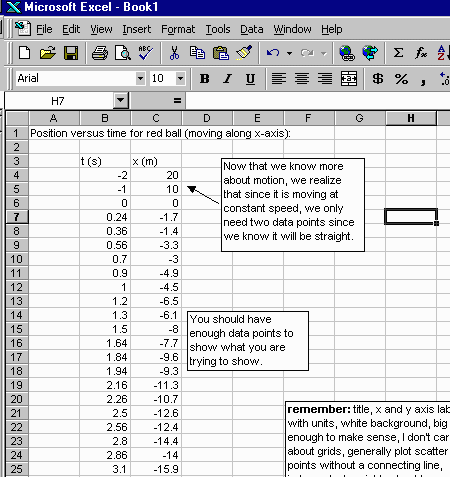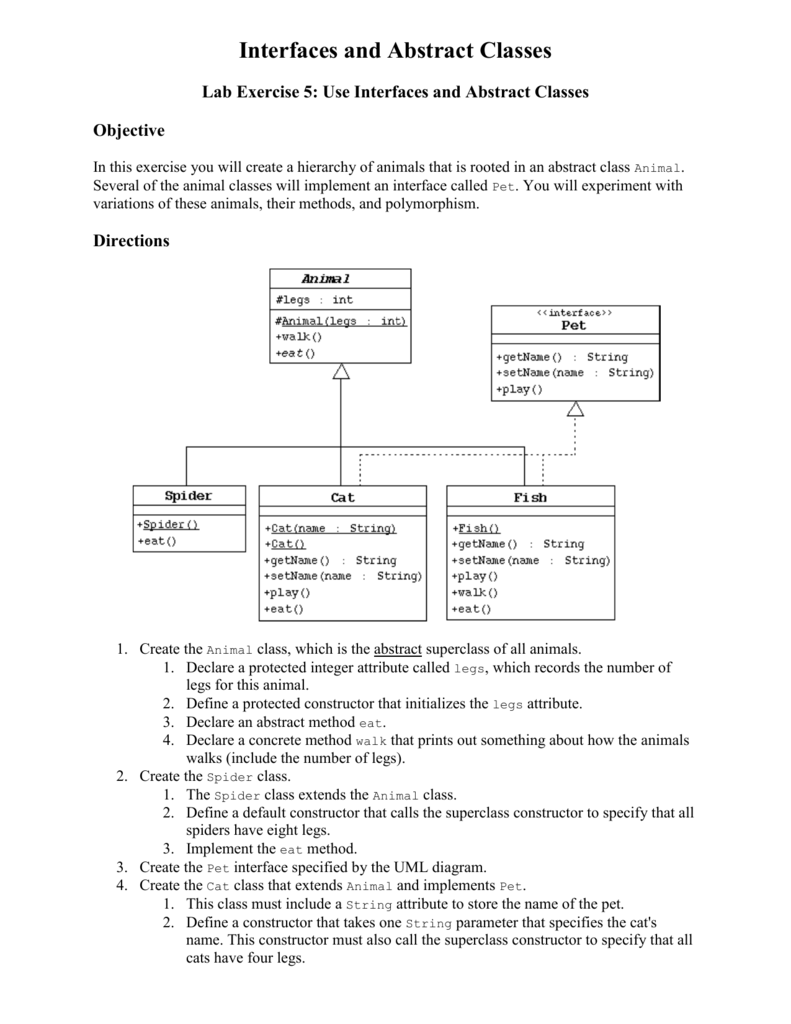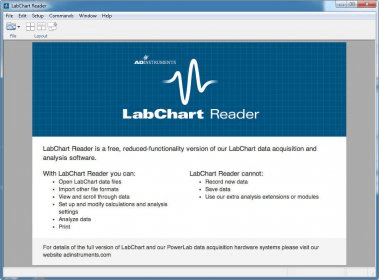

Modified K-Nearest Neighbor Fuzzy Classifier Using Group Prototypes and Its Application to Skin Segmentation (Priyadarshan Dhabe, Mukesh P. Packia Amutha Priya).Pages 151-161Ī Software-Defined Networking (SDN) Architecture for Smart Trash Can Using IoT (T. Task Identification System for Elderly Paralyzed Patients Using Electrooculography and Neural Networks (S. Missing Data Handling by Mean Imputation Method and Statistical Analysis of Classification Algorithm (K. Mngalwede, Padma Dandannavar).Pages 121-129ĭocument Similarity Approach Using Grammatical Linkages with Graph Databases (V. Vikhe).Pages 109-119įactors Affecting a Mobile Learning System: A Case Study (Sudhindra B.

Intelligent Systems for Volumetric Feature Recognition from CAD Mesh Models (Vaibhav Hase, Yogesh Bhalerao, Saurabh Verma, G. Kathavate, Bhanu Priya, Rajeshwari Hegde, Sharath Kumar).Pages 97-108 Dakshayini).Pages 87-96ĭifferent Aspects of 5G Wireless Network: An Overview (Akash R. Balaji Prabhu).Pages 77-86Īn SDN-Based Strategy for Reliable Data Transmission in Mobile Wireless Sensor Networks (V. Jeyakarthic).Pages 63-76Īn Effective Big Data and Blockchain (BD-BC) Based Decision Support Model for Sustainable Agriculture System (M. Saravanan).Pages 51-61Īn Energy-Efficient Distributed Unequal Clustering Approach for Lifetime Maximization in Wireless Sensor Network (S. Lifetime Improvement of Wireless Sensor Networks Using Tree-Based Routing Protocol (Sushaptha Rajagopal, R. Rajasekar).Pages 31-40Įntity Resolution for Maintaining Electronic Medical Record Using OYSTER (Tanya Gupta, Varad Deshpande).Pages 41-50 Neuro-Fuzzy Ant Bee Colony Based Feature Selection for Cancer Classification (S. S-Transform-Based Efficient Copy-Move Forgery Detection Technique in Digital Images (Rajeev Rajkumar, Sudipta Roy, Kh. standardwisdom.Data Security in the Cloud via Artificial Intelligence with Vector Quantization for Image Compression (Srinivasa Kiran Gottapu, Pranav Vallabhaneni).Pages 3-8Ī Hybrid Ant–Fuzzy Approach for Data Clustering in a Distributed Environment (K. Here is a web site that explains it pretty well. This is often used in electrical calculations and most electical meters are calculated in "RMS" (root mean square), not average readings. First you take the square root of the numbers, take THAT mean, and then square your answer (this provides even more smoothing). Another variation similar to geometric mean is the root mean square method. This method is used to calculate bullet group sizes (the "flyer" was probably human error, not the equipment, so the average is ""unfair" in that case). If you have wildly varying numbers, especially if most are similar but one or two are "flyers" (far from the range of the others) the geometric mean will "smooth" the results (not let the different ones exert a change in the results more than they should).

I use geometric mean when calculating antennas and frequencies since the percentage change is more important than the average or middle of the frequency range or average size of the antenna is concerned. Percent changes were mentioned as a good time to use geometric mean. The answer depends on the context and your purpose.


 0 kommentar(er)
0 kommentar(er)
